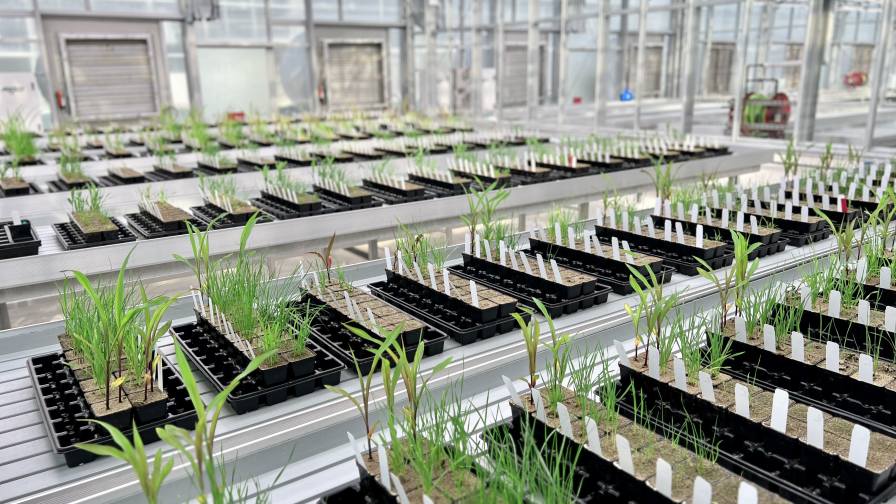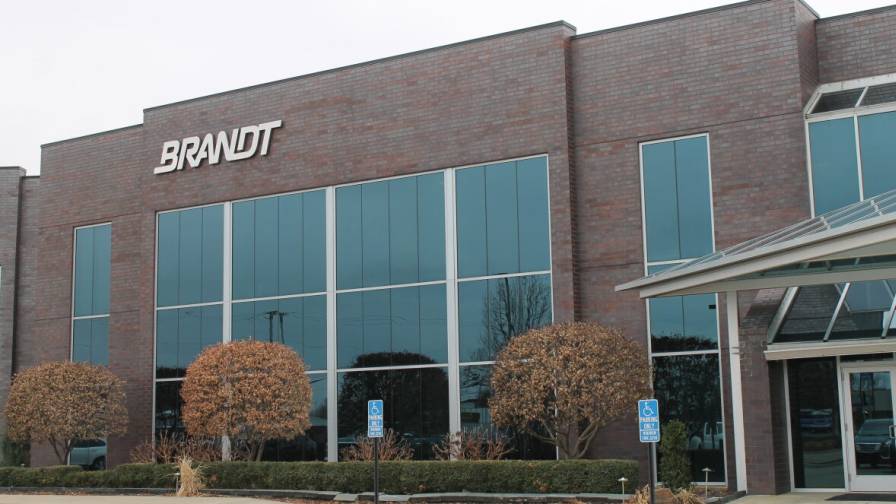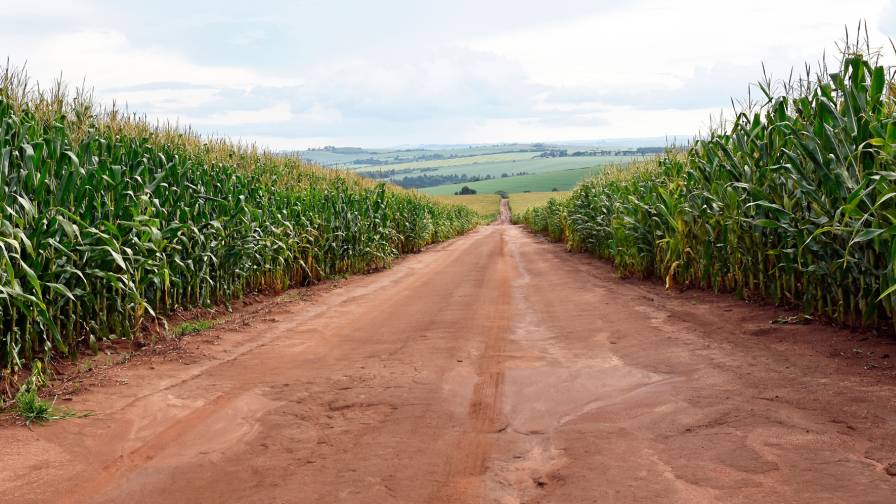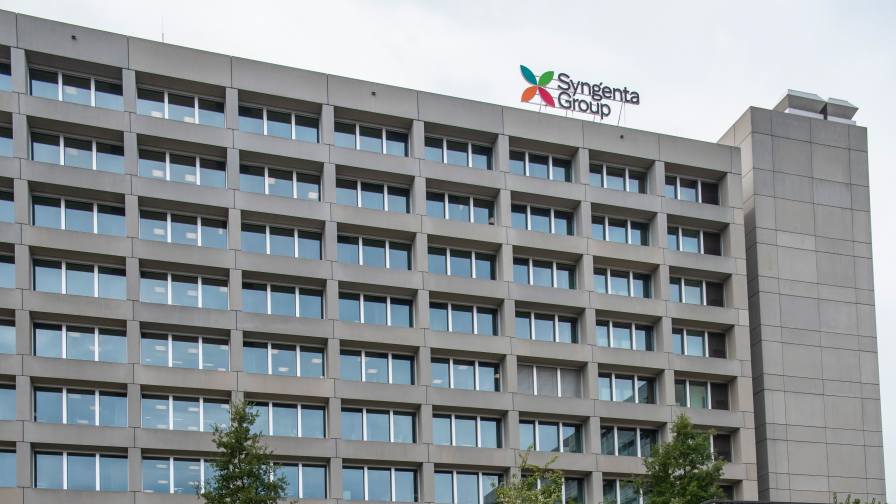Rewriting the Rules: How Enko Is Using AI to Fast-Track the Future of Herbicides

Enko is harnessing AI to identify novel biological targets and rapidly screen billions of compounds. This approach enables the company to outpace conventional R&D and deliver new modes of action with speed and accuracy.
As global weed resistance accelerates and regulatory pressure mounts on legacy chemistries, the crop protection industry is in urgent need of faster, smarter innovation. In a recent interview with AgriBusiness Global, Tony Klemm, CEO of Enko, shares how the company is leveraging AI to transform herbicide discovery — from identifying novel targets to delivering field-ready solutions with speed and precision. He discusses the top agronomic signals companies should track, the need for durable chemistry, and why industry collaboration is key to unlocking the next generation of sustainable weed control.
ABG: How is AI reshaping the speed, precision, and success rate of discovering next-generation herbicides — and what implications does that have for staying ahead of global weed resistance?
Tony Klemm: AI is transforming herbicide discovery from a process of guesswork into one of precision. At Enko, we’re harnessing AI to identify novel biological targets and rapidly screen billions of compounds — faster and more cost-effectively than ever before. This approach enables us to outpace conventional R&D and deliver new modes of action with unprecedented speed and accuracy.
Our recent graminicide field trial results highlight this progress. Developed through our AI-enabled platform, this portfolio is already demonstrating strong performance in key geographies where resistance has rendered existing products ineffective. It’s real-world validation that our platform accelerates discovery and delivers differentiated, field-ready solutions built to overcome resistance.
Beyond speeding up the process, we’re also reducing risk. By combining AI with DNA-encoded libraries and deep chemistry expertise, we’re uncovering solutions that are novel, scalable, durable, and designed with safety in mind.
ABG: What key agronomic or commercial indicators should crop protection businesses be paying attention to for 2025 and 2026?

Tony Klemm, Enko
TK: Three critical indicators should be on every company’s radar.
First, is the spread of resistance by crop and geography. Resistance can evolve quickly, and companies need a clear, data-driven understanding of where and how it’s emerging — and how to stay ahead of it.
Second, the regulatory phase-out of legacy chemistries. Stricter regulations are driving older, higher-risk chemistries off the market.
Third, the urgent need for novel solutions. Perhaps the most pressing indicator of all. The industry must invest in truly novel chemistries to ensure future weed control.
Each of these challenges demands a forward-looking response.
ABG: Weed resistance is a global challenge with regional nuances. What strategies should businesses be executing to address this issue?
TK: Durability is essential. For a new product to be commercially viable, it must deliver results beyond the first year.
ABG: With increasing regulatory scrutiny on conventional chemistries, how should the industry be working together to shape policy and industry standards for the next generation of herbicides?
TK: The industry must lead, not just react. We have a unique opportunity to reset the narrative around synthetic chemistry by demonstrating that innovation can elevate safety, sustainability, and performance.
It begins with early engagement: sharing robust data on novel, lower-risk chemistries and collaborating to establish science-based standards that reflect today’s technologies. As an industry, we must advocate for new benchmarks that move beyond outdated assumptions and position next-generation herbicides as essential tools in building a more resilient, sustainable food system.






